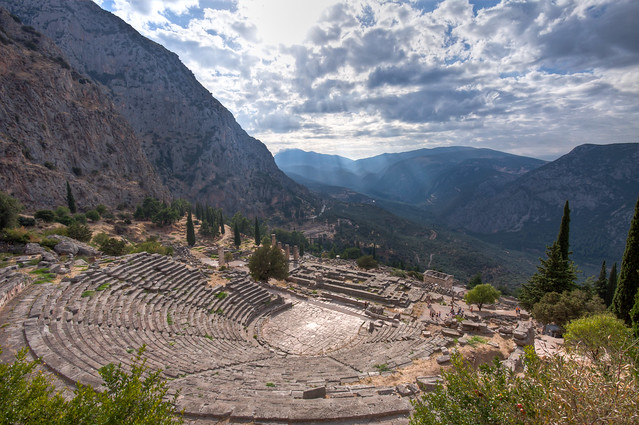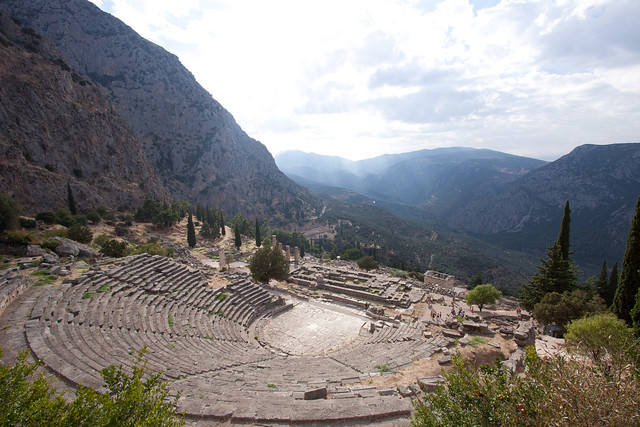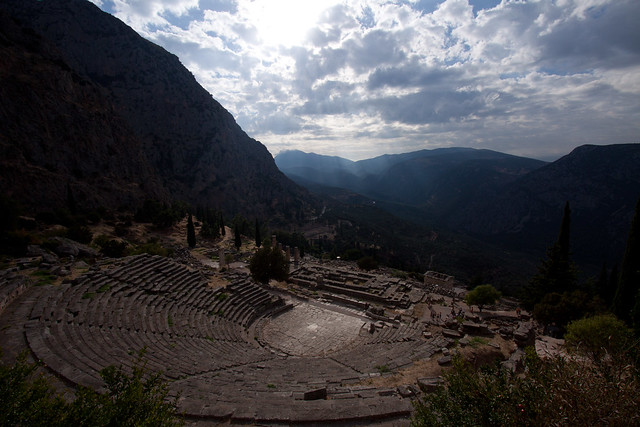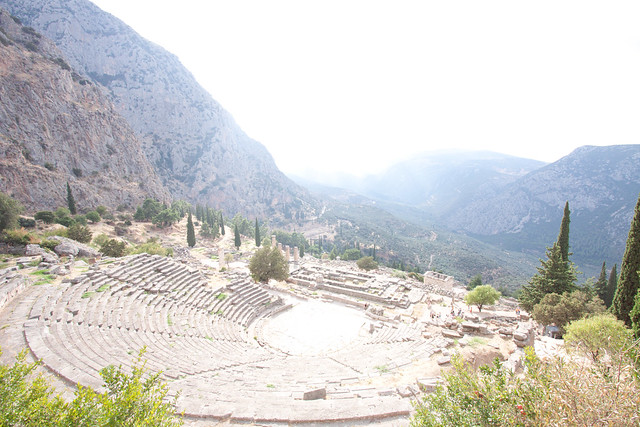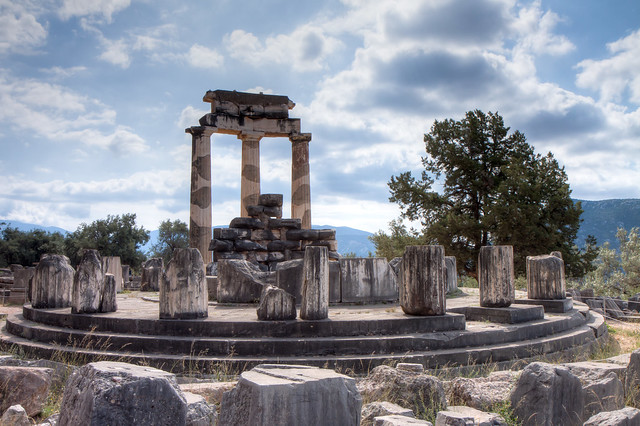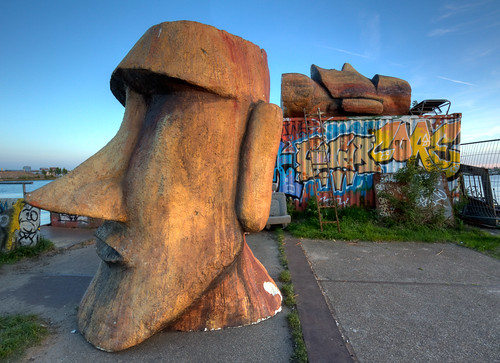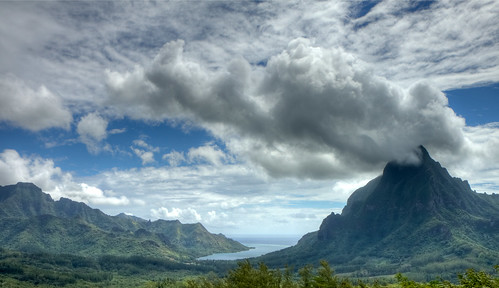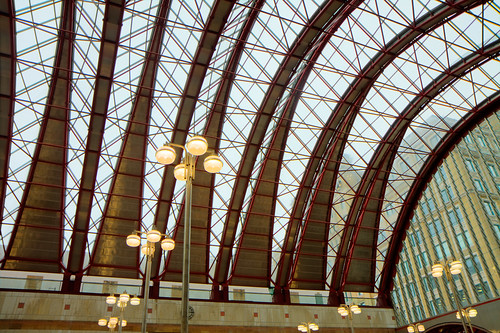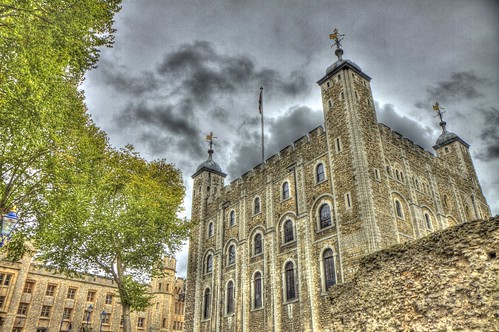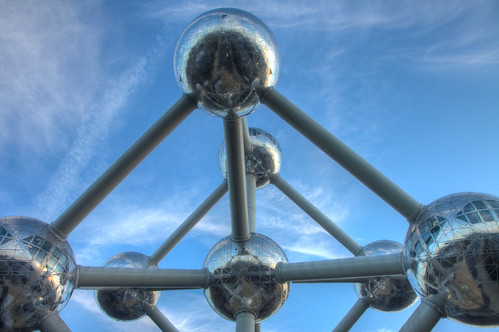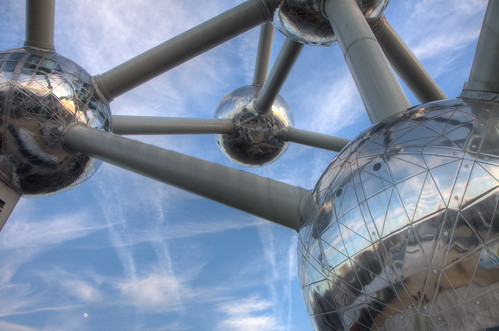
This year I visited Keukenhof for the second time. I got a chance to hang out with well known
Canon Explorer of Light photographer Rick Sammon and his wife Susan. They invited me to join them to shoot some photos of the tulips, flowers and tulip fields.
It's great to see how Rick approaches a scene and explains how to take an interesting photo. You can really see why he uses the tag line ‘Explore the light’. Besides the obligatory picture card photos he learned me to look for interesting shots when the light is coming from the side or shining directly into your eyes.

A well known spot in Keukenhof. This spot is also featured on the back of catalogue of 2011.
We experimented with some tulips which were backlit. This gives an interesting shadow inside the bulb.

Backlit Tulips in Keukenhof
The tulips really pop out the screen when they are backlit from the right angle.

We also experimented with HDR and shooting straight into the sun. Rick encouraged me to set the aperture to f/22 and try to get the ‘starburst’ effect of the sun in the photo. It turned out rather nice!

HDR photo – Canon 50D, Canon 10-22mm, f/22 @ 1/500, 1/250, 1/30 at ISO 200
On this spot it was quite challenging to get a photo without people on it. Although you are not allowed to walk onto the grass, the flowers seem to to be too attractive and people wanted to sit very close to the fields.

Fortunately after a while it got less crowded and I could get another excellent starburst photo:

I got to try the famous ‘
Sammon Swirl effect’:

Just outside of Keukenhof we saw some really nice flower fields.

You can see a Google Street View photo of this spot on
http://goo.gl/maps/2mPn. The flower field is just behind the farm called ‘Beelen’. It is alongside the road N208 as mentioned in the National Geographic article ‘
Road Trip: Flower Route, Netherlands’.
Rick got some cool shots with his fisheye lens. Read his
blog to see the shots!
After Keukenhof we also stopped by at the Zaanse Schans.

It was a really clear day, not a single cloud in the sky.

We also experimented with reflections. Here is an example:

Timing is crucial, because here is what the shot looks like a few moments later:

There is no reflection because a slight breeze disturbed the water surface.
Inside the gift shop I made a great HDR photo:

Canon 50D, Canon 17-55mm, f/5.6 at 1/40, 1/160 and 1/10 @ ISO 800
In Rick’s
blog post for this day he mentions a few tips. This is how I applied them:
- You don't always have to be looking through the camera's viewfinder for a good shot.
Use the live view mode of your camera to see your composition. Or just hold the camera away from you, press the shutter button and look afterwards on the display for the result. I shot the first starburst photo that way. The camera is pointing upwards very near to the ground and it is almost impossible to take a look through the viewfinder or at the display (see also ‘Have fun’).
- Set a small aperture for great depth of field.
A small aperture helps to get everything sharp in the close-up photos and the wide shots.
- Always look up.
That’s true! I think this is one of the reasons Rick found the great spot where we got our ‘starburst’ photos.
- Take the postcard shots, and then take creative shots.
Very true. Luckily I did my share of postcard shots in
2010 so I could focus on the creative shots.
- Have fun.
It always helps to have a companion with you to discuss composition or who keeps an eye on all your photo gear when you are laying down on the ground trying to take a photo with a fish eye lens shooting upwards to a tulip (Rick and Susan: you know which situation I mean :-)
Rick travels a lot around the world. After this visit in Holland he will be in Alaska teaching a class on photographing the bald eagle. Take a look at his
USA and
International workshops and perhaps you can meet him one day. Highly Recommended!
Susan and Rick: thank you my friends for a wonderful time and giving me the opportunity to show you around!














